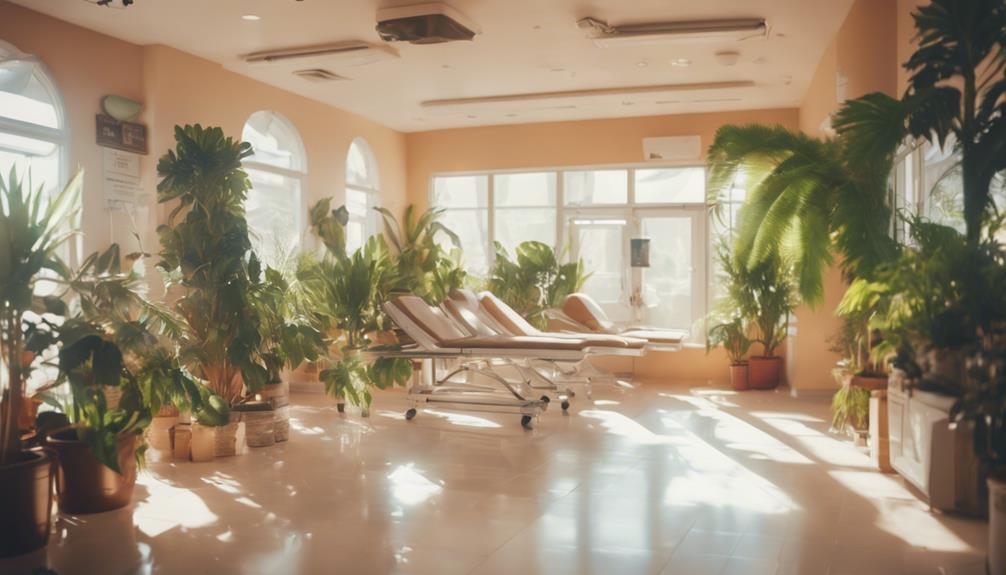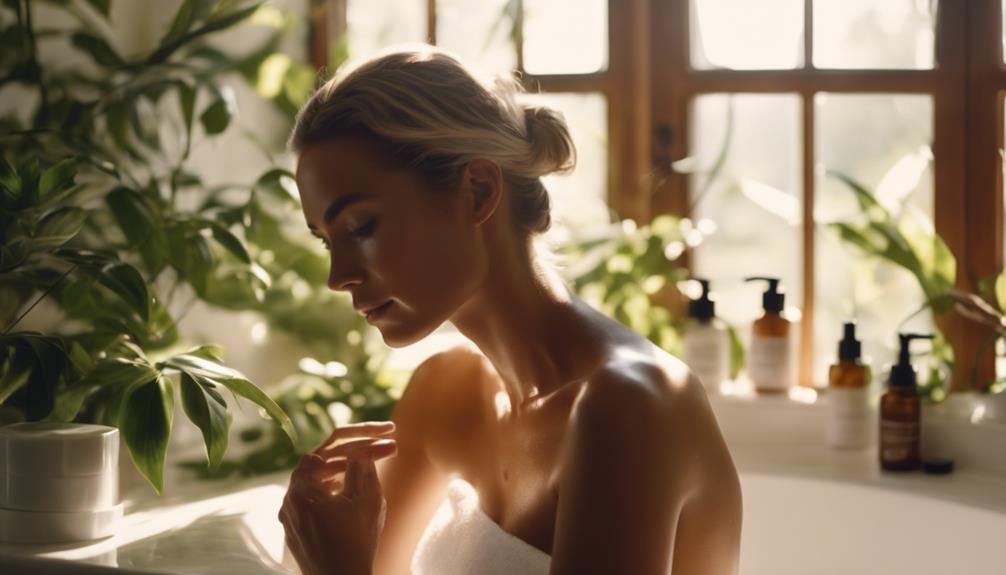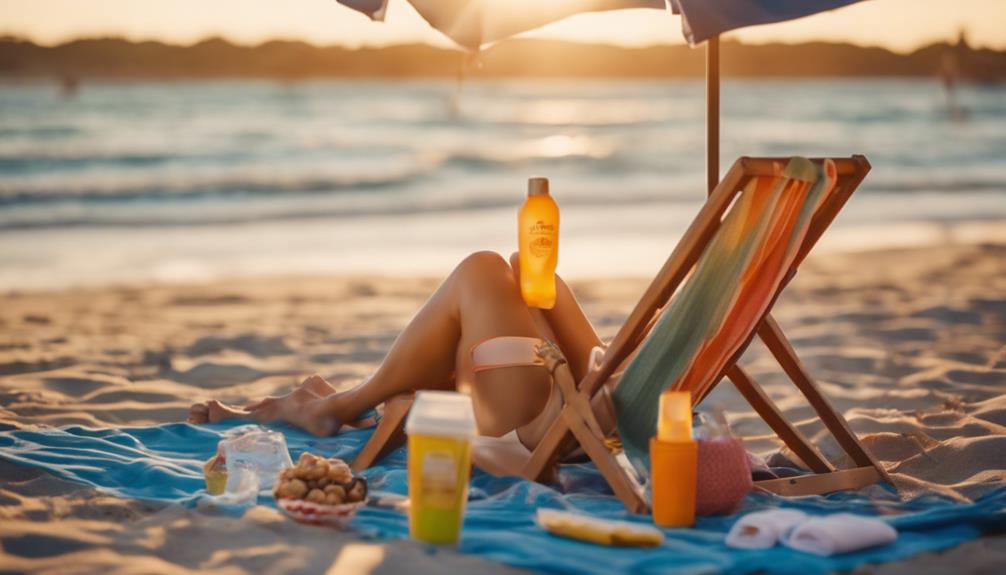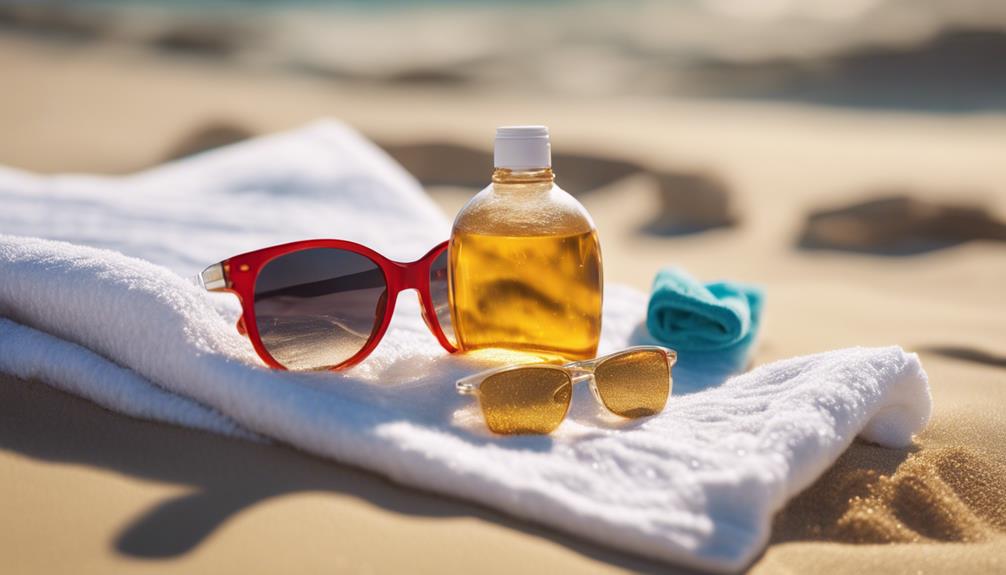In order to ensure a sanitary environment in tanning salons, it is important to establish daily disinfection protocols using pH neutral disinfectants like Australian Gold. Daily cleaning of tanning beds is crucial, as well as weekly deep-cleaning to improve safety and cleanliness. It is essential to have mandatory cleaning after each session and educate clients on safe tanning practices. Staff must adhere to strict hygiene guidelines, including proper handwashing and the use of personal protective equipment. By emphasizing client safety with protective eyewear and personalized tanning frequency, well-being is further promoted. Look into additional methods and innovations to enhance your salon’s hygiene practices even further.
Key Takeaways
- Implement daily disinfection of tanning beds using pH neutral disinfectants like Australian Gold to ensure cleanliness and client safety.
- Utilize quat test strips to assess the effectiveness of cleaning solutions and reinforce hygiene standards in the salon.
- Conduct thorough weekly deep-cleans, sanitizing all surfaces including walls and floors to maintain a hygienic environment.
- Enforce strict handwashing protocols for staff and use personal protective equipment (PPE) to minimize the risk of germ transfer.
Daily Disinfection Protocols
Beginning each day with rigorous cleaning practices, tanning salons must implement daily disinfection protocols to guarantee the hygiene and safety of their tanning beds.
This process begins by spraying the beds with a pH neutral disinfectant, such as Australian Gold, ensuring a thorough cleanse of all surfaces.
To assess the effectiveness of the cleaning, staff should utilize disinfectant quat test strips.
Additionally, polishing the acrylic surfaces with Novus #1 Acrylic Polish maintains clarity and shine, while Novus #2 addresses minor scratches.
It is essential to create an inviting atmosphere through meticulous cleaning, as this not only enhances client comfort but also reinforces the salon's commitment to hygiene.
Regular adherence to these protocols fosters a safe tanning experience for all clients.
Weekly Deep-Clean Procedures
A thorough weekly deep-clean is essential for maintaining the highest standards of hygiene and safety in tanning salons. This process guarantees a germ-free environment, enhances the salon's reputation, and promotes client satisfaction.
Key components of a successful weekly deep-clean include:
- Utilize Australian Gold PH Neutral Disinfectant Cleaner for thorough sanitization.
- Employ quat test strips to confirm disinfectant effectiveness.
- Focus on buffing acrylic surfaces with Novus products to restore shine.
- Clean and sanitize all surfaces, including walls, floors, and equipment.
Implementing these procedures will not only uphold cleanliness but also create a welcoming atmosphere for clients, reinforcing the salon's commitment to health and safety.
Tanning Bed Usage Guidelines
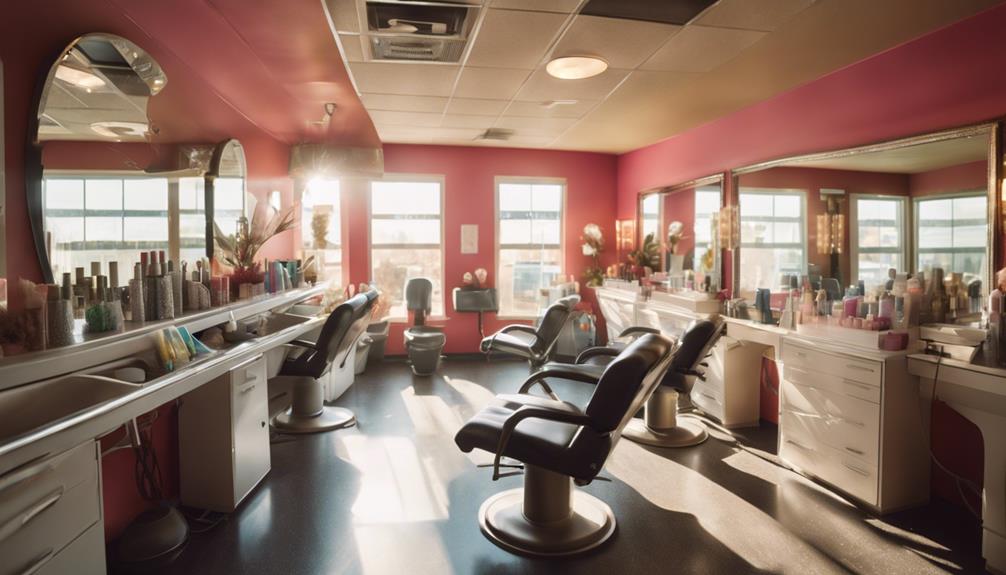
Maintaining a clean and sanitized environment is essential, but equally important are the guidelines surrounding tanning bed usage to secure client safety and best results.
It is vital to implement mandatory cleaning protocols after every tanning session to uphold hygiene standards.
Clients should limit their tanning sessions to once or twice a week to mitigate the risks of skin damage and overexposure, which can lead to serious health concerns such as skin cancer.
Additionally, the frequency of tanning should be tailored according to individual skin types to ascertain safety.
Client Safety Guidelines
Client safety during tanning sessions is paramount, necessitating strict adherence to protective measures and guidelines to guarantee a secure experience.
Implementing these client safety guidelines helps mitigate risks associated with UV exposure:
- Mandatory Protective Eyewear: Always wear goggles to shield eyes from harmful UV rays.
- Adhere to Recommended Exposure Times: Follow suggested tanning durations to avoid overexposure.
- Disclose Medications or Conditions: Inform staff of any medications or skin conditions that may affect tanning safety.
- Promote Skin Hydration: Encourage moisturizing routines before and after tanning for ideal skin health.
Staff Hygiene and Training

Guaranteeing a high standard of staff hygiene and training is vital for upholding the safety and satisfaction of clients in tanning salons.
Staff should adhere to strict handwashing protocols, utilizing soap and water for a minimum of 20 seconds before and after each client interaction.
The use of personal protective equipment (PPE), including gloves and aprons, is critical to minimize the transfer of germs.
After each tanning session, staff must diligently wipe down all surfaces to eliminate bacteria, reinforcing a commitment to hygiene.
Regular training updates should be implemented to confirm staff are informed about the latest hygiene standards and best practices, promoting a culture of cleanliness and professionalism that clients can trust.
Tanning Preparation Best Practices
Effective tanning preparation is essential for achieving a radiant and even tan while minimizing skin damage. By following best practices, clients can maximize their tanning experience and guarantee their skin remains healthy.
Here are five key steps to take into account:
- Shower Before Tanning: Cleansing the skin helps remove impurities and enhances tan absorption.
- Exfoliate: Gently exfoliating the skin removes dead cells, promoting an even tan.
- Moisturize: Hydrated skin absorbs bronzers better; apply a lightweight moisturizer pre-tanning.
- Apply Bronzer Evenly: Use circular motions to apply bronzer lotion, avoiding over-layering on dry spots.
Industry Trends and Innovations
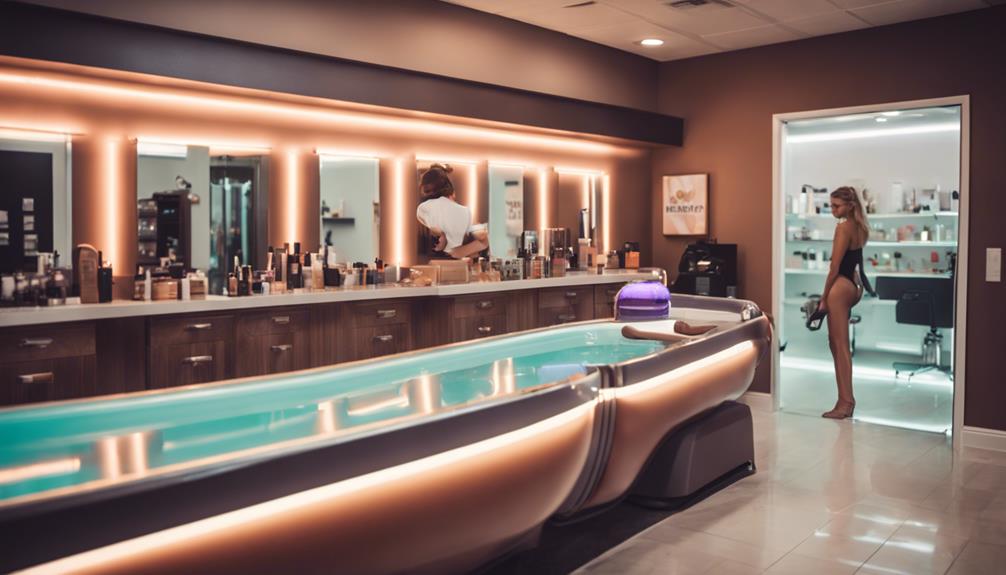
The tanning industry is witnessing a surge in innovative technologies and products that enhance both the client experience and safety standards.
Advanced tanning beds now incorporate UV technology that monitors exposure levels, ensuring clients receive ideal tanning while minimizing risks.
Furthermore, eco-friendly cleaning solutions, such as biodegradable disinfectants, are becoming increasingly popular, aligning with sustainability efforts in the industry.
Enhanced client education through mobile apps provides personalized tanning recommendations based on skin type and previous sessions, fostering safer practices.
Additionally, the introduction of protective gear, such as UV-blocking goggles and innovative skin care products, further emphasizes safety.
These trends reflect a commitment to client well-being while elevating the overall salon experience.
What Cleaning Products Should I Use in My Tanning Salon to Achieve Immaculate Tans?
To achieve flawless tans with cleaners in your tanning salon, opt for gentle, non-abrasive products that are specially formulated for tanning equipment and surfaces. Look for cleaners that are designed to remove residue and maintain the integrity of your tanning equipment, ensuring that your clients leave with impeccable tans every time.
Conclusion
To summarize, the implementation of rigorous cleaning and maintenance strategies in tanning salons is not merely beneficial but essential for ensuring client satisfaction and health.
By adhering to daily disinfection protocols and conducting thorough weekly deep-cleaning procedures, salons can create an environment that is a veritable fortress against infections.
Additionally, prioritizing client safety and staff hygiene training solidifies a commitment to excellence.
As the tanning industry continues to evolve, these best practices will undeniably elevate the overall client experience to new heights.

